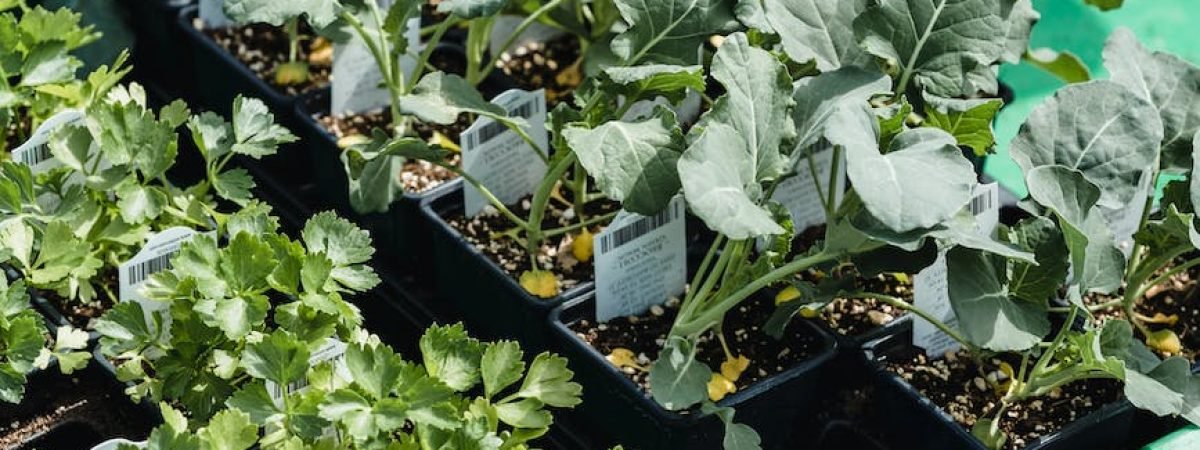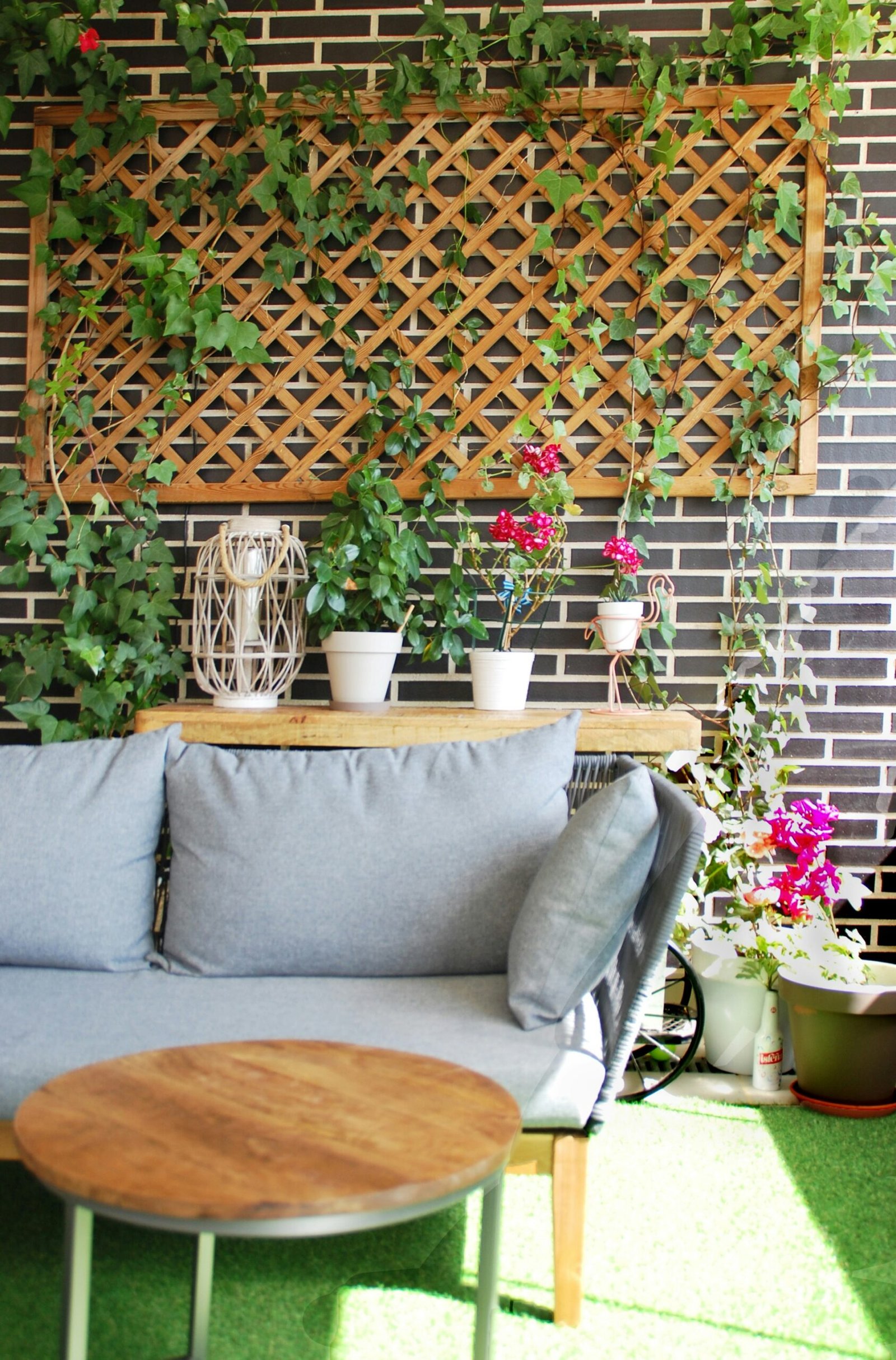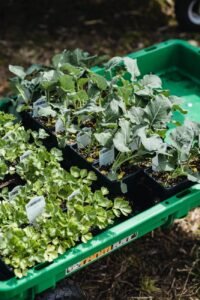Container gardening is a versatile and accessible way to bring the beauty of plants into any space, no matter how small. Whether you have a tiny balcony, a rooftop, or even just a windowsill, container gardening allows you to create a lush and vibrant oasis. In this article, we will explore the secrets to successful container gardening and provide you with the knowledge and tips to make your plants thrive.
Choosing the Right Containers
When it comes to container gardening, choosing the right containers is essential. The size, material, and drainage of the containers can greatly impact the health and growth of your plants. Opt for containers that are large enough to accommodate the root system of your plants and have proper drainage holes to prevent waterlogging.
Additionally, consider the material of the containers. Clay pots are porous and allow for better airflow, but they can dry out quickly. Plastic containers, on the other hand, retain moisture better but may not provide adequate airflow. Select containers that suit the needs of your specific plants and the environmental conditions they require.
Choosing the Right Soil
The soil you choose for your container garden plays a crucial role in the success of your plants. Use a high-quality potting mix that is well-draining and rich in nutrients. Avoid using garden soil, as it can become compacted and hinder root growth.
Consider adding organic matter, such as compost or peat moss, to improve the soil’s fertility and moisture retention. This will provide a healthy environment for your plants to thrive.
Choosing the Right Plants
When selecting plants for your container garden, consider their size, growth habits, and environmental requirements. Choose plants that are suitable for the available space and sunlight conditions. Some plants, like herbs and vegetables, thrive in full sun, while others prefer partial shade.
Consider the growth habits of the plants as well. Some plants, like trailing vines or cascading flowers, are perfect for hanging baskets or tall containers, while others, like compact shrubs or small trees, are better suited for larger pots.
Watering and Fertilizing
Proper watering and fertilizing are key to the success of your container garden. Container plants typically require more frequent watering than plants in the ground, as they can dry out quickly. Check the moisture level of the soil regularly and water when the top inch feels dry.
When fertilizing, use a balanced, slow-release fertilizer or organic options like compost or worm castings. Follow the manufacturer’s instructions for application rates and frequency. Over-fertilizing can lead to nutrient burn and damage the plants, so it’s important to strike the right balance.
Monitoring and Maintenance
Regular monitoring and maintenance are essential for a thriving container garden. Keep an eye out for pests, diseases, and nutrient deficiencies. Remove any dead or damaged foliage to promote healthy growth.
Prune and trim your plants as needed to maintain their shape and prevent overcrowding. Regularly remove weeds to prevent competition for nutrients and water.
Seasonal Care
Container gardens require seasonal care to ensure their longevity. In colder climates, protect your plants from frost by moving them indoors or providing insulation. In hot climates, provide shade or move the containers to a cooler spot during the hottest part of the day.
Consider rotating your plants seasonally to provide them with optimal sunlight exposure. This will help prevent leggy growth and ensure even development.
Conclusion
Container gardening is a rewarding and enjoyable way to bring nature into your living space. By choosing the right containers, soil, and plants, and providing adequate care and maintenance, you can unlock the secrets to successful container gardening. So go ahead, get your hands dirty, and create your own little oasis of greenery!















